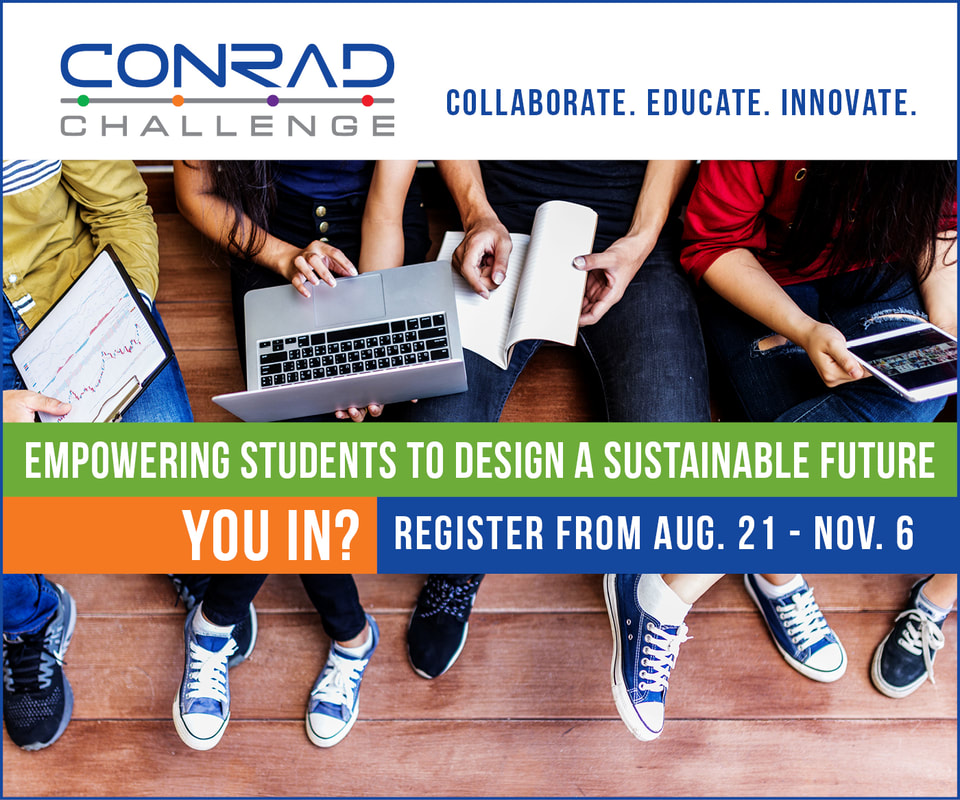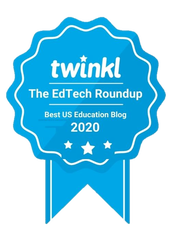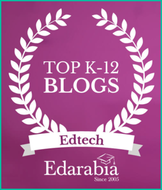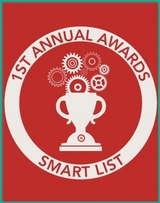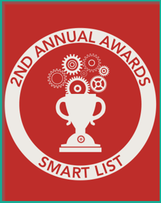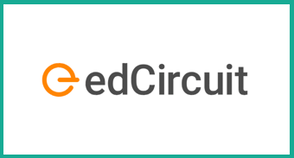
Education informed by neuroscience can give new and real meaning to our desire as a nation to help every student succeed. Neuroscience can also inform the disruptive change that education needs for current and future generations to be educated to face the challenges ahead.
The opportunity for disruptive change in education lies in improving learning at the level of basic cognitive functioning, building students’ capacity to learn.
Better teaching, better facilities, better technology, etc., are important, but those are external factors. What about the internal capabilities and stumbling blocks that each student brings to the learning experience?
Two decades ago, it would take hours or even days of expensive assessments to glean insight into how an individual student learns. So, by and large, the education system assumed that most students were average and learned in pretty much the same way. Only students whose learning differences were impossible to ignore had their learning skills (also called cognitive skills) assessed.
Today, in one hour and about 3 or 4 clicks, we can obtain an assessment of the most important cognitive skills for each student and translate them into personalized learning strategies – ways that learning academic skills and content can be easier, more efficient and more rewarding for each student. A student with strong visual-spatial skills and visual memory but poor verbal memory and verbal reasoning can be taught to start a writing assignment with a visual outline – a mind map or visual timeline, for example – rather than a bunch of words in a traditional outline that doesn’t hold together for them.
Students with strong verbal reasoning skills can be trained to talk through visual problems because that helps them attach meaning to otherwise (to them) meaningless lines and shapes. Armed with information about children’s cognitive strengths and weaknesses, parents and teachers can help students understand and take more responsibility for their own learning.
A few short decades ago, most people believed that intelligence is fixed, genetically predetermined. Today, neuroscientists agree on and continue to unpack the implications of the amazing plasticity of the brain. Today, it is much clearer that cognitive skills – how the brain processes information – can be developed. The fact that cognitive skills have not been explicitly taught in schools does not mean that they cannot be taught. Techniques to develop basic cognitive skills have been known and used in various clinical therapies.
Today, these neuroscience-based therapies can be delivered via computer-based programs effectively and at scale, making the delivery of cognitive training programs viable in a classroom setting. The intellectual gains delivered by these programs are substantial. Making schools more brain-friendly means understanding that we can and need to transform the experience of learning from the inside out.
The basics are how the brain learns, not what it learns.
Parents and educators often refer to the basics when talking about reading, writing and math. But these basics actually involve complexes of underlying mental processes that must be operating efficiently, effectively, automatically, and in an integrated manner for the basics to become something learned.
For example, one aspect of reading is decoding the letters on the page to form words. The cognitive skills that support decoding, such as attention, visual discrimination, visual sequential processing, and working memory, must be automatic for successful reading. Many struggling readers are deficient in these skills.
Math disabilities can also be tied to deficits in underlying cognitive skills. Moreover, as the math curriculum has changed over the last ten to fifteen years, more emphasis has been placed on communicating math ideas, interpreting data from charts and figures, and estimating. These changes mean that learning deficits in any area are more likely to impair performance in math. In fact, many individuals with a math disability also have learning disabilities in other areas.
But, despite the fact that underlying cognitive skills are essential to all learning, they are not generally taught in schools. Schools assume that every student brings the necessary cognitive skills to the learning process or as much of those skills as they will ever have.
We can change the outcomes of the learning experience by taking what we learn from neuroscience to make schools more brain-friendly.
If the mind is not a vessel to be filled but, according to Plutarch, a fire to be ignited (even the ancient Greeks knew this), then understanding what ignites the mind is essential in education. Here neuroscience can help us understand and change our practices in a number of ways, including:
- Better presenting information so that students’ attention and sensory memory processes make it easier to get the right information into the brain.
- Taking advantage of the relationship between working memory, where we consciously process what we learn, and long-term memory storage.
- Integrating multiple senses and media to enhance learning since the brain processes information in multiple ways simultaneously.
- Incorporating emotion and mnemonics to aid in long-term memory consolidation
- Making curriculum meaningful, since meaning and relating new information to old, enables new information to be stored.
- Understanding the different ways declarative memory and procedural memory are stored and used (retrieved).
The reason to engage students with more meaningful and relevant curriculum and through problems, projects, and simulations is not simply because that makes learning more fun, but because it is, in fact, student engagement that results in learning. And higher levels of engagement result in more and better learning and the ability to apply what is learned in the real world.
The 21st century skills that businesses say they need are not about content absorbed, but about the way our minds work.
Developing problem-solving ability, communication skills, and creativity is fundamentally about developing the brain and its processing ability in each individual student. These are skills that cannot be taught through pure direct instruction.
For example, one would not assume that explaining the principles of pole-vaulting would suddenly imbue a student with the ability to coordinate muscles, brain, strength, and balance to clear a bar. The same holds true for critical thinking and other prized 21st century skills. There continues to be significant debate over how to teach these skills (which might better be referred to as how to develop them) and over how to measure them. However, as we move away from measuring content absorbed and toward measuring the effectiveness of mental processes, neuroscience is likely to be indispensable.
If the United States as a country truly believes that every student can and must succeed, then it is critical to recognize that each child’s brain is unique, and to construct an education system that does the following:
a) identifies each child’s unique learning capacities
b) develops each child’s learning capacity to the maximum
c) configures learning experiences to best take advantage of that expanded capacity
d) considers the efficiency and effectiveness of learning opportunities our education system provides, and e) measures the outcomes of education in terms of individual ability to engage in productive, value-producing activity.
About Betsy Hill and Roger Stark
Betsy Hill is President of BrainWare Learning Company, a company that builds learning capacity through the practical application of neuroscience. She is an experienced educator and has studied the connection between neuroscience and education with Dr. Patricia Wolfe (author of Brain Matters) and other experts. She is a former chair of the board of trustees at Chicago State University and teaches strategic thinking in the MBA program at Lake Forest Graduate School of Management. She holds a Master of Arts in Teaching and an MBA from Northwestern University.
Roger Stark is Co-founder and CEO of BrainWare Learning Company. For the last decade, He championed the effort to bring comprehensive cognitive literacy skills training and cognitive assessment within reach of everyone. It started with a very basic question: What do we know about the brain? From that initial question, he pioneered the effort to build an effective and affordable cognitive literacy skills training tool based on over 50 years of trial & error clinical collaboration. Stark also led the team that developed BrainWare SAFARI, which has become the most researched comprehensive cognitive literacy training tool delivered online in the world.
Follow BrainWare Learning on Twitter @BrainWareSafari
This article is part of a new monthly series on edCircuit

